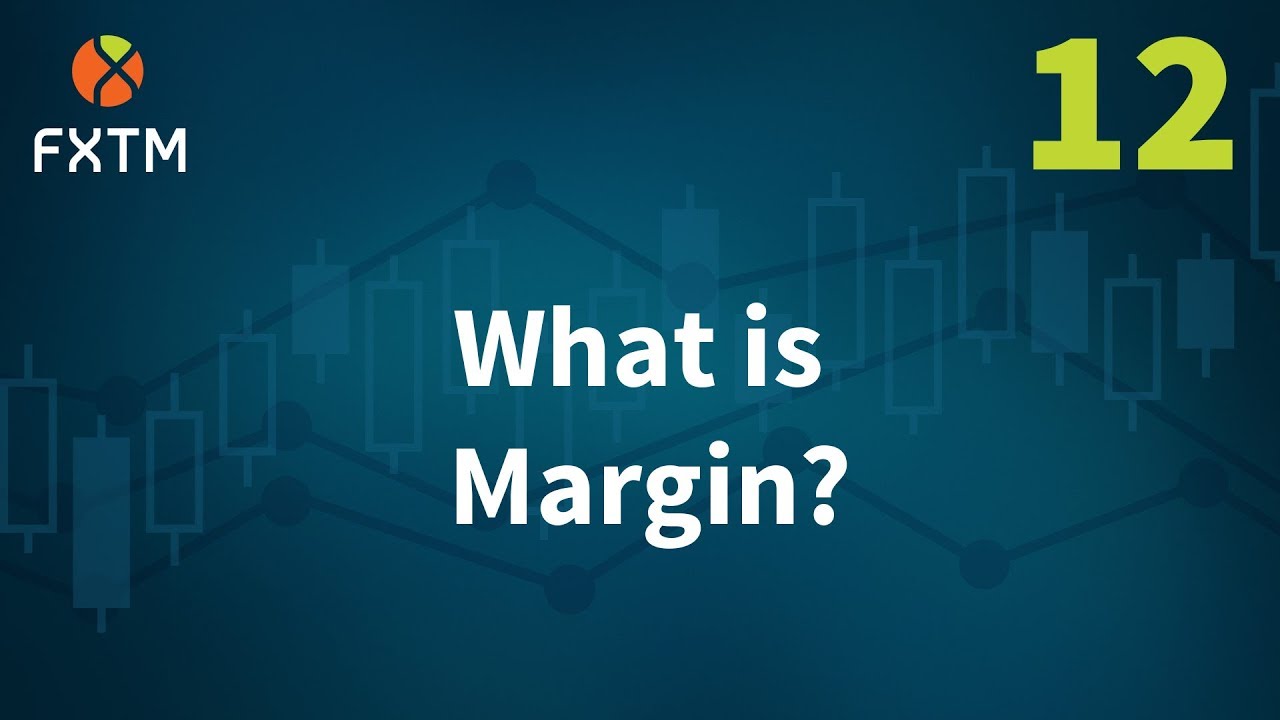
Setting up a traditional DRIP program can be a hassle. While some companies offer their own programs they require that you buy shares through a broker in order to pay a fee. You will then need to transfer your shares into your DRIP account. You may also need a stock certificate in certain cases.
Commission-free dividend reinvestment
Many stock-trading websites offer dividend reinvestment without commission. Investors can reinvest dividends in the same stocks or ETFs without having to pay additional fees. The process can take a while. The process can take up to a few days and you may not see your dividends immediately.
Scottrade's FRIP allows you to choose the stocks and ETFs that you want to reinvest, unlike other dividend reinvestment programs. Dividends earned from eligible investments are transferred to a non-interest bearing bank account. You can choose as many securities as you like and the percentage that interest you. You can also change your mind if you're not satisfied with your selection.

Tax implications of dividend reinvestment
Dividend reinvestment allows you to reduce taxes and invest your money. You can either hold additional stock in your company or use a transfer agent. This agent purchases additional stock for you, and then reinvests dividends. Dividend reinvestment can be tax-efficient if you plan your purchases carefully.
Dividends are cash payments that corporations make to shareholders. To attract investment, they are paid out by the corporation to its shareholders. These payments are subjected to special tax rules and may have a different tax rate than the normal income tax rate. Dividend reinvestment, unless the shares were held in a tax advantaged account, is taxable.
Easy to set up
DRIP investing has a simple setup. Most brokers have an online account setup procedure for this type of investing. You should first contact your broker to learn more. Many of them will require you to pay a one-time set-up fee. You may need to pay an additional fee depending on which company you are registering your shares in the DRIP.
DRIPs are a way to make sure that your dividend payments go directly into new shares. This type investment doesn't offer the same liquidity as regular shares. You will have to sell back your shares directly through the company. It is a great way to increase your money steady.

Flexible options
You may be interested in drip investing options if you're looking for steady income. These plans allow one to invest in company stock and keep a certain amount of capital. This option is available through a broker or third-party service provider. These plans will allow you to keep a part of your capital, and also automatically reinvest dividends. They don't allow stock trading on the stockmarket. Because of this, they are limited in liquidity.
DRIP is better than market timing but it's not always the best option for stock selection. Caterpillar, for example, has outperformed S&P 500 by a significant margin in the last year. But, this rally is based on massive tax reform and the possibility of $1 trillion in new infrastructure spending. However, it has weak fundamentals. A global slump in mining is also affecting its earnings.
FAQ
What are the advantages to owning stocks?
Stocks are less volatile than bonds. The stock market will suffer if a company goes bust.
However, share prices will rise if a company is growing.
In order to raise capital, companies usually issue new shares. This allows investors buy more shares.
To borrow money, companies can use debt finance. This allows them to access cheap credit which allows them to grow quicker.
If a company makes a great product, people will buy it. The stock's price will rise as more people demand it.
As long as the company continues producing products that people love, the stock price should not fall.
What is a Reit?
A real estate investment trust (REIT) is an entity that owns income-producing properties such as apartment buildings, shopping centers, office buildings, hotels, industrial parks, etc. These companies are publicly traded and pay dividends to shareholders, instead of paying corporate tax.
They are similar to a corporation, except that they only own property rather than manufacturing goods.
What is security at the stock market and what does it mean?
Security is an asset that generates income. Most common security type is shares in companies.
Different types of securities can be issued by a company, including bonds, preferred stock, and common stock.
The earnings per shared (EPS) as well dividends paid determine the value of the share.
You own a part of the company when you purchase a share. This gives you a claim on future profits. If the company pays a dividend, you receive money from the company.
Your shares may be sold at anytime.
Statistics
- The S&P 500 has grown about 10.5% per year since its establishment in the 1920s. (investopedia.com)
- "If all of your money's in one stock, you could potentially lose 50% of it overnight," Moore says. (nerdwallet.com)
- Individuals with very limited financial experience are either terrified by horror stories of average investors losing 50% of their portfolio value or are beguiled by "hot tips" that bear the promise of huge rewards but seldom pay off. (investopedia.com)
- Our focus on Main Street investors reflects the fact that American households own $38 trillion worth of equities, more than 59 percent of the U.S. equity market either directly or indirectly through mutual funds, retirement accounts, and other investments. (sec.gov)
External Links
How To
How to open an account for trading
First, open a brokerage account. There are many brokers that provide different services. There are some that charge fees, while others don't. Etrade, TD Ameritrade and Schwab are the most popular brokerages. Scottrade, Interactive Brokers, and Fidelity are also very popular.
After you have opened an account, choose the type of account that you wish to open. You should choose one of these options:
-
Individual Retirement accounts (IRAs)
-
Roth Individual Retirement Accounts (RIRAs)
-
401(k)s
-
403(b)s
-
SIMPLE IRAs
-
SEP IRAs
-
SIMPLE 401 (k)s
Each option offers different advantages. IRA accounts have tax advantages but require more paperwork than other options. Roth IRAs give investors the ability to deduct contributions from taxable income, but they cannot be used for withdrawals. SEP IRAs are similar to SIMPLE IRAs, except they can also be funded with employer matching dollars. SIMPLE IRAs require very little effort to set up. They enable employees to contribute before taxes and allow employers to match their contributions.
Finally, determine how much capital you would like to invest. This is called your initial deposit. A majority of brokers will offer you a range depending on the return you desire. Based on your desired return, you could receive between $5,000 and $10,000. The conservative end of the range is more risky, while the riskier end is more prudent.
You must decide what type of account to open. Next, you must decide how much money you wish to invest. Each broker has minimum amounts that you must invest. The minimum amounts you must invest vary among brokers. Make sure to check with each broker.
You must decide what type of account you want and how much you want to invest. Next, you need to select a broker. You should look at the following factors before selecting a broker:
-
Fees – Make sure the fee structure is clear and affordable. Many brokers will offer rebates or free trades as a way to hide their fees. However, many brokers increase their fees after your first trade. Be wary of any broker who tries to trick you into paying extra fees.
-
Customer service - Look for customer service representatives who are knowledgeable about their products and can quickly answer questions.
-
Security - Look for a broker who offers security features like multi-signature technology or two-factor authentication.
-
Mobile apps - Find out if your broker offers mobile apps to allow you to view your portfolio anywhere, anytime from your smartphone.
-
Social media presence - Find out if the broker has an active social media presence. It may be time to move on if they don’t.
-
Technology - Does it use cutting-edge technology Is the trading platform simple to use? Is there any difficulty using the trading platform?
Once you've selected a broker, you must sign up for an account. Some brokers offer free trials. Others charge a small amount to get started. After signing up, you'll need to confirm your email address, phone number, and password. You will then be asked to enter personal information, such as your name and date of birth. Finally, you'll have to verify your identity by providing proof of identification.
Once you're verified, you'll begin receiving emails from your new brokerage firm. These emails contain important information and you should read them carefully. The emails will tell you which assets you are allowed to buy or sell, the types and associated fees. Also, keep track of any special promotions that your broker sends out. These could include referral bonuses, contests, or even free trades!
The next step is to open an online account. Opening an account online is normally done via a third-party website, such as TradeStation. Both of these websites are great for beginners. When opening an account, you'll typically need to provide your full name, address, phone number, email address, and other identifying information. After you submit this information, you will receive an activation code. Use this code to log onto your account and complete the process.
Now that you have an account, you can begin investing.